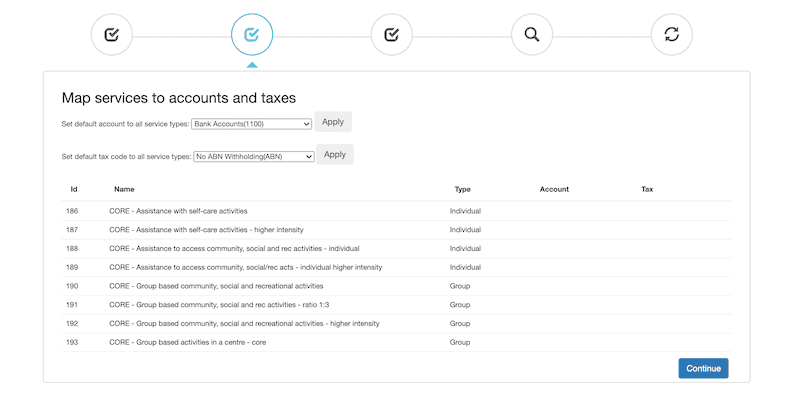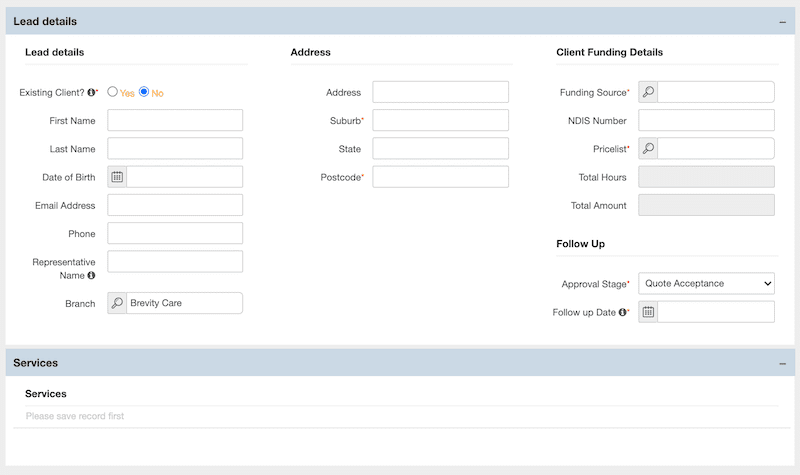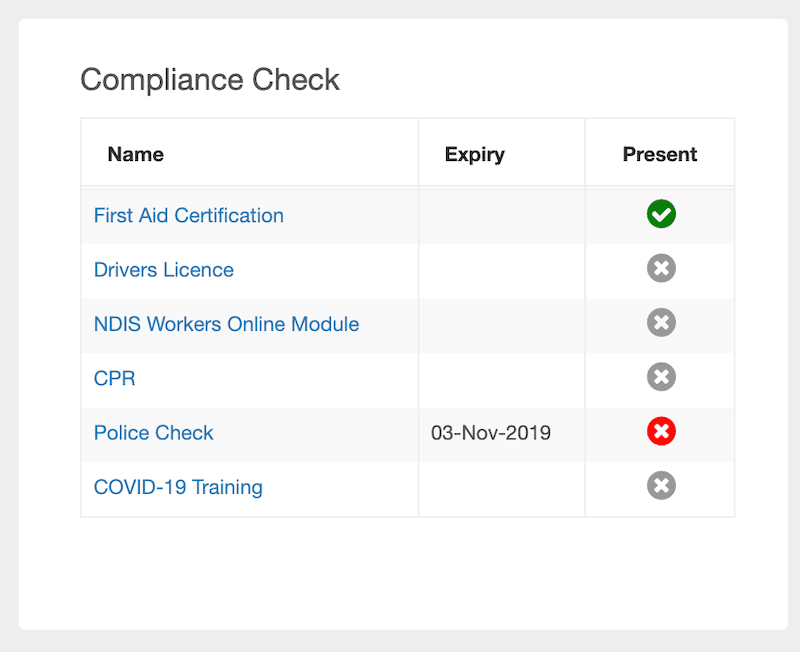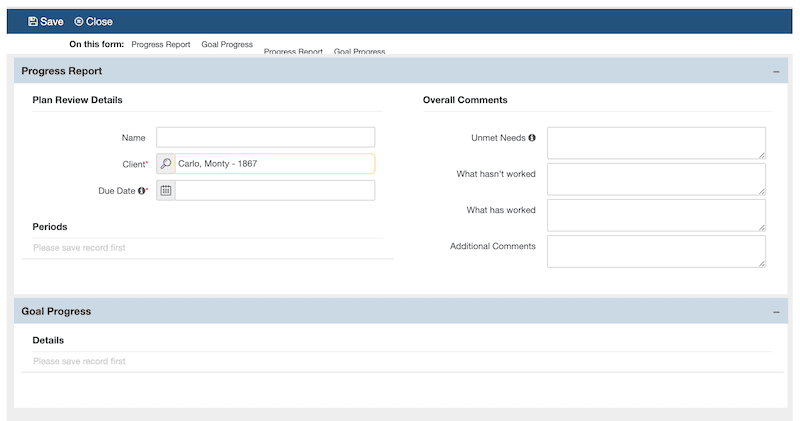
The NDIS Operational Guidelines, released by the National Disability Insurance Agency (NDIA), are part of a wider effort to make the NDIS as participant-friendly and fair as possible.
The guidelines provide a lot of detailed information about how the NDIA operates when it comes to funding NDIS plans. On the official page, you will find all of the policies and procedures that must be abided by when making decisions within the NDIS framework.
Because of their complexity, as well as the sheer volume of information, you as an NDIS provider may find it difficult to retain the information that you truly need on a daily basis.
Because of that, we have scoured the guidelines on your behalf to present to you with best practices to apply for the smooth development of your NDIS business.
What Are the NDIS Operational Guidelines?
The NDIS Operational Guidelines set out key information about how the NDIS works. Specifically, they establish the framework NDIS businesses (both providers and plan managers) must operate within, and how that affects participants and their care plans.

They also delineate the range of different support models people with disabilities can access and, guiding how decisions are to be made within the context of the NDIS, they also explain how the day-to-day operations of the NDIS must be in accordance with relevant laws.
Why Are Operational Guidelines Important in the NDIS?
The Operational Guidelines are meant to make NDIS transparent and easier to understand.
They outline all of the different factors that decision makers need to consider when applying the NDIS legislation (i.e. all of the laws that govern the NDIS).
The guidelines are divided into 10 sections:
- Access to the NDIS
- Planning
- Including Specific Types of Supports in Plans
- Specialist Disability Accommodation (SDA)
- Child Representatives
- Nominees
- Registered Providers
- Compensation
- Information Handling
- Review of Decisions
Each section contains key information that answers some of the more frequently asked questions by NDIS providers and plan managers, such as:
- What do the guidelines say in relation to home modifications?
- How is it determined if a support is reasonable and necessary?
- What is covered under the NDIS when it comes to mental health?
The NDIA is responsible for answering all of these questions. Below we’re going to give you an overview of the most important guidelines to follow in your daily operations.
Are NDIS Guidelines Mandatory to Follow?
In a nutshell: yes. Ensuring that your NDIS business is fully compliant with the NDIS Operational Guidelines is a crucial stepping stone along the path to your provider business success.
However, following the guidelines is only part of the process.
Streamlining the daily operations of your NDIS provider business means that you don’t waste time, effort and energy ensuring compliance for the sake of it.
Instead, you can get back to doing what you do best: providing amazing service to people with a disability while at the same time growing your business.
How To Run a Smooth NDIS Business as a Provider
To run your provider business smoothly, it is imperative to implement a system that will let you organize all information in one place for easy creation, editing, deletion, and retrieval.
From client funding tracking and reporting to employee and HR management to maintaining an up-to-date accounting system, your business needs a system to ensure success when it comes to delivering exceptional quality services to people with disabilities in Australia.

As of 10 Jun 2021, the newly released NDIS Operational Guidelines uphold the planning processes that were previously in place.
Where they differ significantly is in providing a lot more detail about how the NDIA makes funding decisions, and how you can leverage that.
Here are the most important guidelines to track in this system:
3 Important NDIS Guidelines To Know About
We’ve broken down the 3 most important NDIS Operational Guidelines to know about as an NDIS provider as they are part of most of our customers’ daily routine:
- Planning – For NDIS providers, the planning guidelines provide information that helps ensure you are working towards achieving outcomes for your clients. The main takeaway here is that the support or service you provide must be deemed reasonable and necessary. You’ll find more information about this further along in the article.
- Including Specific Types of Supports in Plans – This guideline details the criteria used to determine whether the support or service in an NDIS participant’s plan is both reasonable and necessary. Being knowledgeable about this guideline will help you ensure you are ticking all the right boxes when providing services to participants.
- Information Handling – Understanding this is essential for any NDIS provider as certain information will be highly-confidential and to be stored safely. Essentially, this guideline ensures that the privacy and dignity of people with a disability is always upheld.
Of all of the guidelines made available by the NDIA, these are the 3 you should focus on the most, and they’re also the ones that are going to ensure smooth operations day in day out.
NDIS Operational Guidelines for Planning
The NDIS Operational Guidelines for Planning revolve around making sure a participant’s plan is in line with their needs. There are 7 principles used that inform this guideline:
- Fair for everyone, both today and for future generations
- Funding to pursue your goals fairly
- Evidence-based best practice
- Fair early investments
- Support across service systems
- Fair supports for your disability needs
- Assistance from multiple programs
These principles guarantee that NDIS participants have plans in place that not only meet their needs but also uphold best practices and that are fair by design.
The planning guidelines also stipulate that people with a disability can get the targeted support they need by choosing providers that best suit their needs.

As an NDIS provider, that’s why it’s important that your business provides exceptional service to customers—there’s going to be a lot of competition for your same target audience.
Using a powerful software tool like Brevity helps with this by streamlining the admin work so that you can focus on delivering the best care you can with your provider services.
How To Operate with Assistive Technology
Assistive technologies (AT) such as wheelchairs, hearing aids, and prosthetics, are the physical supports put in place to help NDIS participants.
As an NDIS provider working in the AT field, it is important to follow the provision of reasonable and necessary as a fundamental principle.
The AT Home Modifications & Consumables Guide (PDF) outlines the most commonly used supports that NDIS participants can either purchase or rent.
It is a good idea to familiarise yourself with the guide. That way you can pinpoint ways your business can expand by offering related services and supports.
Guidelines for Home Modifications Under the NDIS
Home modifications is a very important service for NDIS businesses to provide.
It means making a participant’s home safer and more functional so they can access parts of their home they might otherwise struggle to as a result of their disability.
Please note: where a home modification is expected to run you more than $30,000, the services of a registered “building works” project manager are mandatory.
SIL (Supported Independent Living) Guidelines
Helping NDIS participants to live as independently as possible is another core service for many providers. The guidelines set out what types of personal supports are included under the NDIS.
If your NDIS business revolves around helping with personal care or other services such as cooking meals, it is important to understand the guidelines.

That way you can not only ensure compliance, but also look at other services your business could offer NDIS participants.
Delivering tailored support, having inclusive business principles in place, and understanding your target participant are the foundation of NDIS sustainability and value.
Participants will choose the supports and services that best help them achieve their individual life goals.
It’s very important to offer participants real choice.
To do that, you’ll need to innovate on top of what other NDIS providers are already offering while staying within the operational guidelines, making the productivity features of a tool like Brevity essential in a competitive market.
Making the Best of Each Day as an NDIS Provider
Being an NDIS provider is an important job, and with the existence of operational guidelines, you’re asked to do the right thing—even when it means putting more effort into your daily work.

Within your role, you hold the power to help NDIS participants achieve their individual life goals and experience greater levels of independence.
So when it comes to making the best of each day as a provider, remember the words of spina bifida campaigner Robert M Hensel:
“There is no greater disability in society, than the inability to see a person as more.”
Helping people with special needs is also a tough job though, and you’ll want all the support necessary to lower all the regulatory stress and increase participant satisfaction.
Try a free demo of Brevity below and see the difference it makes in your daily operations.
Frequently Asked Questions
The NDIS Operational Guidelines set out key information about how the NDIS functions. Specifically, they establish the framework NDIS businesses must operate within. They also delineate the range of different support models people with disabilities can access.
Most certainly. Ensuring that your NDIS business is fully compliant with the NDIS Operational Guidelines is a crucial stepping stone along the path to success.
Because of their complexity, as well as the sheer volume of information, NDIS providers may find it difficult to absorb all of the information contained within the NDIS Operational Guidelines. To keep track of all regulatory papers, a software tool like Brevity is key to long-term success.
Delivering tailored support, having inclusive business principles in place, and understanding your target participant is the foundation of business sustainability and value. Once you have these in place, the rest is a matter of understanding each support pattern and putting systems in place (like Brevity care software) that automate certain parts of your NDIS business.



